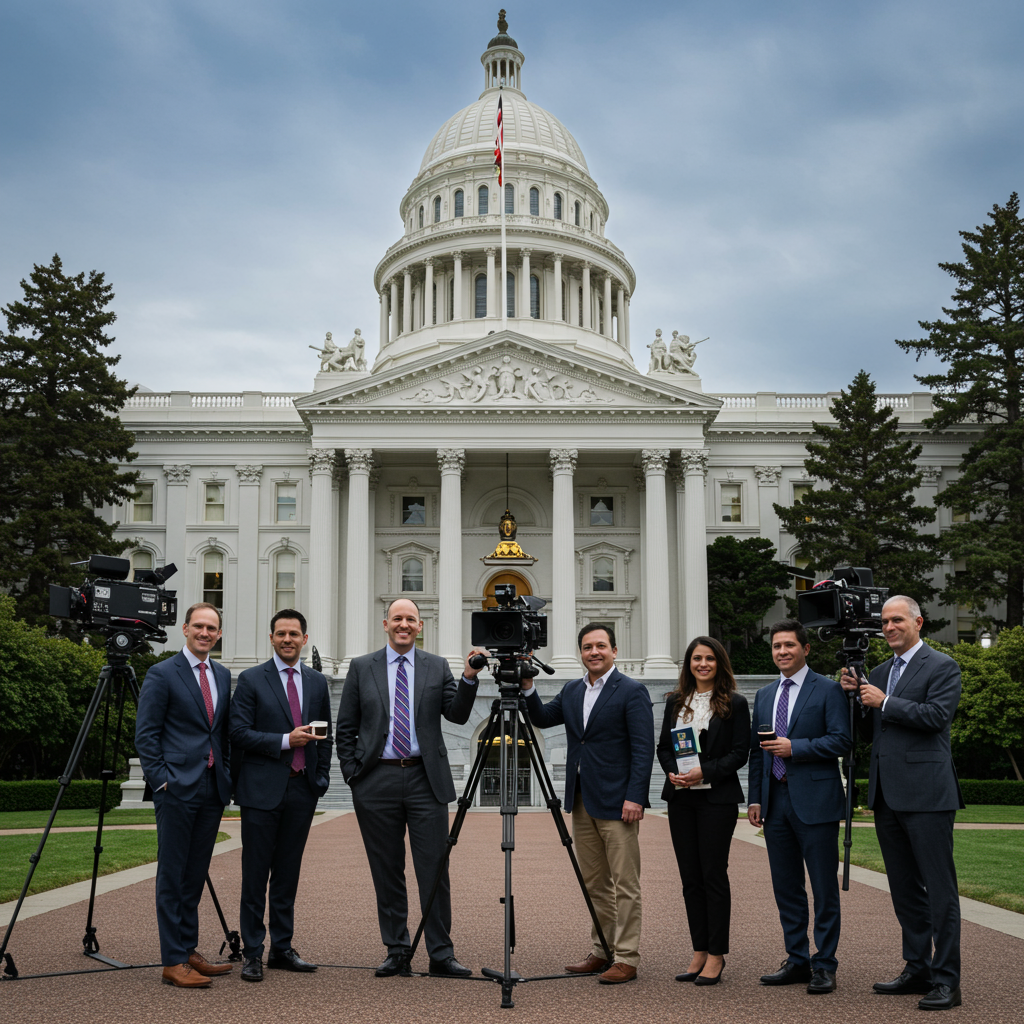A critical phase has arrived in the high-profile federal criminal trial of music mogul Sean “Diddy” combs. A twelve-person jury in Manhattan has begun the complex process of deliberation. They must now weigh weeks of testimony and extensive evidence presented by both the prosecution and the defense. The outcome of this trial carries immense weight, potentially shaping perceptions of accountability for powerful figures.
Combs, 55, faces multiple grave charges. These include sex trafficking, racketeering, conspiracy, and counts related to prostitution and transportation to engage in prostitution. He has maintained a plea of not guilty to all counts. If convicted on the most serious charges, the potential sentence could range from decades to life in prison. This trial has captured significant public attention, partly due to Combs’ prominent status and the serious nature of the allegations against him.
Weighing the Evidence: Prosecution vs. Defense
The trial spanned seven weeks and included testimony from 34 witnesses. Evidence presented included detailed phone logs, financial records, audio evidence, and a timeline compiled by Homeland Security investigators. Both sides presented starkly different narratives to the jury during closing arguments.
The prosecution argues that Combs led a sophisticated criminal enterprise. Assistant U.S. Attorneys contend he exploited women for sex, often using force, fraud, or coercion. This alleged enterprise, they claim, involved controlling women through financial means and leveraging compromising situations. Prosecutors specifically highlighted allegations that Combs orchestrated commercial sex acts while individuals were under the influence of drugs he allegedly provided, such as “liquid Molly.” They assert that alleged victims like Cassie Ventura and a witness identified as “Jane” were forced to “perform” in video recordings rather than willingly participate. The prosecution pointed to threats, such as exposing intimate videos, as tools Combs allegedly used for control. They also identified alleged co-conspirators within Combs’ circle, including his chief of staff and security personnel.
Combs’ defense team, led by attorney Marc Agnifilo, countered that the relationships and encounters were consensual. They characterized the interactions depicted in evidence, including videos, as part of a “swinger’s lifestyle” or even a “modern love story.” Agnifilo argued these relationships were complex and consensual. He contended that the case was driven by financial motives. The defense pointed to a reported $30 million civil settlement involving an alleged victim as potential evidence of this. The defense firmly denied the charges of sex trafficking and racketeering. Agnifilo reportedly suggested the government was unfairly targeting Combs, leading Judge Arun Subramanian to instruct the jury to disregard such claims. Combs did not testify during the trial, and the defense team chose not to call any witnesses.
The Contentious Role of Video Evidence
A significant portion of the evidence involved hundreds of hours of video recordings. These tapes allegedly depicted Combs and others engaged in sexual encounters. Testimony referred to these videos as “date night” or “freak off” tapes. Both the prosecution and defense heavily relied on these videos during arguments.
However, their interpretations differed dramatically. Prosecutors viewed the videos as evidence of forced or coerced acts. They suggested that some individuals appeared incapacitated or were performing under duress. The defense, conversely, argued the videos showed willing participants enjoying consensual intimacy. They urged the jury to view the footage objectively, separate from the trial context. Defense attorneys highlighted moments of socializing, food, and music shown in the tapes, suggesting pleasant evenings.
Judge Arun Subramanian made a notable decision to seal these sensitive videos from public view. Jurors watched the footage on small monitors with headphones. The feed to the public gallery and overflow room was blocked. This decision drew criticism from some observers, including journalists covering the trial, who felt public access to such key evidence was necessary, especially since the defense utilized the videos extensively.
Charges and Potential Conviction Paths
Sean “Diddy” Combs faces multiple serious federal charges. These include racketeering, conspiracy, two counts of sex trafficking, and two counts of transportation to engage in prostitution. The racketeering conspiracy charge is particularly complex. The prosecution must prove that Combs agreed with at least one co-conspirator to further a criminal enterprise. This enterprise, they must show, operated through a pattern of unlawful activities, known as predicate acts.
Prosecutors presented evidence for numerous alleged predicate acts. These included instances of sex trafficking involving Ventura and Jane, transportation for prostitution (allegedly involving interstate travel), forced labor (requiring employees to engage in sex acts), alleged kidnapping involving Ventura and another individual, arson, bribery to suppress evidence (referencing a $100,000 payment), witness tampering, and drug distribution/possession. For a sex trafficking conviction, the prosecution only needs to prove that force, fraud, or coercion occurred on one occasion for either Ventura or Jane during the charged period. For racketeering conspiracy, they need to prove the agreement and at least two predicate acts. The potential sentence if convicted is significant, ranging from decades up to a life sentence.
Trial Procedural Notes
The trial has seen several procedural developments. Judge Subramanian issued curative instructions to the jury after the defense counsel made statements the judge deemed improper. Specifically, the judge advised the jury to disregard any suggestions that the government’s reasons for charging Combs or claims he was “targeted” should influence their decision. Their sole duty, the judge emphasized, is to determine if the prosecution proved the elements of the crimes beyond a reasonable doubt.
Earlier in the proceedings, one juror was dismissed for failing to disclose residency information. It was also noted that Combs’ current attorney is his second in this case. His previous attorney requested to withdraw in February, citing attorney-client privilege and an inability to continue effectively, though specific details were not publicly provided. The fact that Combs did not take the stand and the defense called no witnesses are also notable aspects of the trial strategy.
Broader Context and Cultural Impact
This trial takes place within a broader societal shift towards increased scrutiny of celebrity conduct. The #MeToo movement has amplified voices and brought allegations against powerful individuals to the forefront. The outcome of the Sean “Diddy” Combs trial holds significant cultural relevance. It puts a spotlight on issues of celebrity accountability, the influence of fame in legal proceedings, and the impact of serious allegations like sex trafficking and racketeering on all parties involved. Regardless of the verdict, the trial has underscored the societal impact of these types of accusations and the workings of the federal justice system under intense public scrutiny.
Frequently Asked Questions
What serious charges is Sean Diddy Combs facing in the federal trial?
Sean “Diddy” Combs is facing a number of serious federal charges. These include sex trafficking, racketeering, conspiracy, and two counts each of transportation to engage in prostitution and engaging in prostitution. The prosecution alleges he led a criminal enterprise involved in exploiting women. Combs has pleaded not guilty to all charges, and the trial is now in the jury deliberation phase.
How did video evidence factor into the prosecution and defense arguments?
Hundreds of hours of video evidence were central to both the prosecution and defense cases. Prosecutors argued the tapes showed forced or coerced sexual acts orchestrated by Combs. The defense contended the videos depicted consensual activity among willing participants, characterizing them as part of a swinger lifestyle or even a “modern love story.” Judge Arun Subramanian sealed these videos from public view, allowing jurors to watch them privately during the trial.
What is the maximum penalty Diddy could receive if convicted?
If convicted on the charges he faces, particularly the sex trafficking and racketeering conspiracy charges, Sean “Diddy” Combs could receive a significant prison sentence. The maximum potential penalty for these federal charges is a life sentence. The jury’s deliberations will determine whether the prosecution proved the elements of the crimes beyond a reasonable doubt, which will dictate the final verdict and potential sentencing.
The jury’s deliberations mark a critical moment in this closely watched trial. The fate of Sean “Diddy” Combs now rests with the twelve individuals tasked with reviewing the complex evidence and applying the law to the facts presented. The world awaits their decision.



